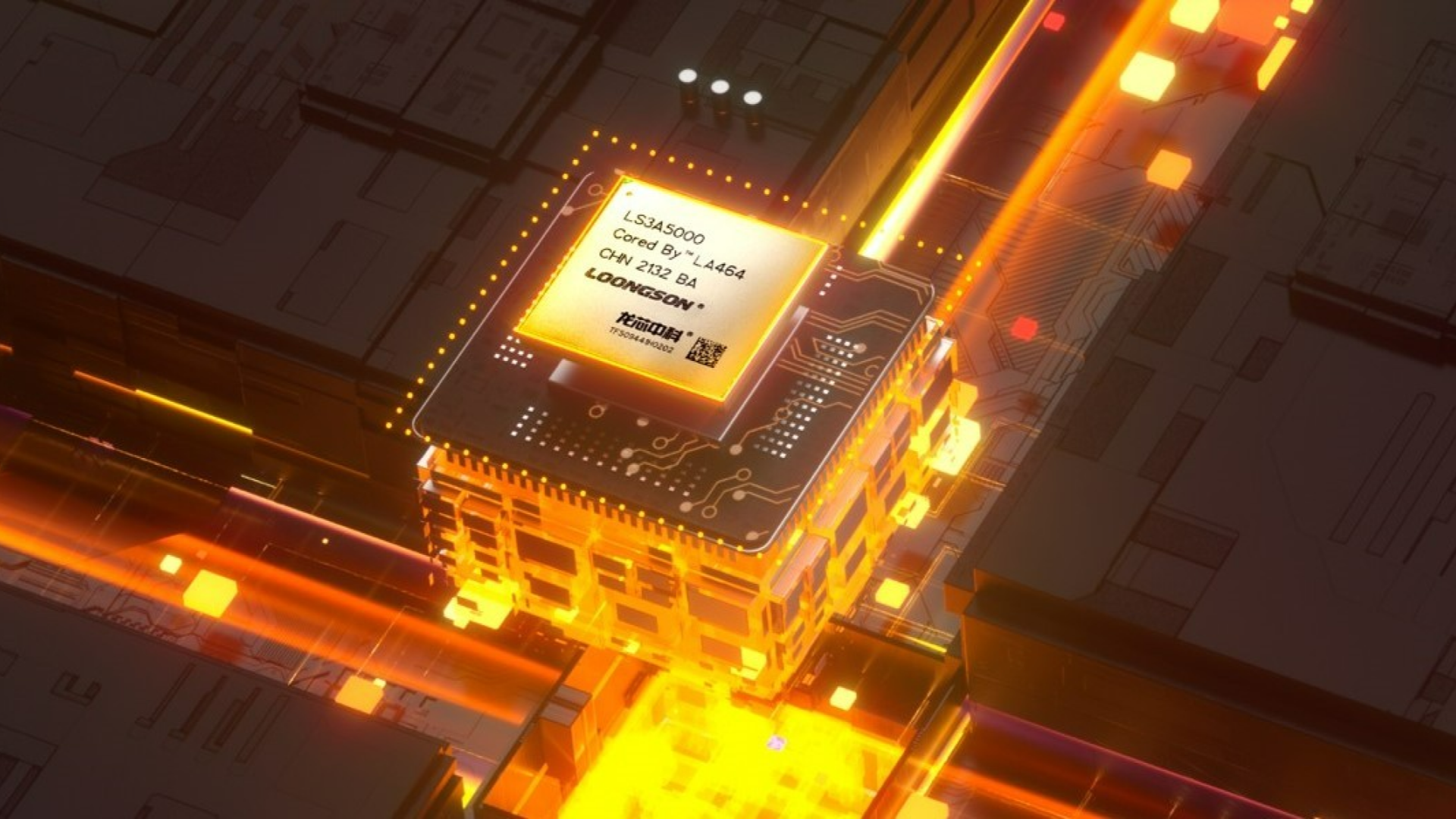Chinese chipmaker Loongson wins case over rights to MIPS architecture - company's new CPU architecture heavily resembles existing MIPS
Though Loongson does owe some royalties.

Chinese CPU manufacturer Loongson emerged on top in arbitration against its former business partner-turned-rival CIP United over whether Loongson illegally used the MIPS architecture. The court decided last year that Loongson owed royalties to CIP United. However, CIP United, in turn, owed arbitration fees, which are significantly more than the royalties.
Although MIPS Technologies, an American company, owns the MIPS architecture, CIP United was the one to file a lawsuit because it claims it has all exclusive rights to MIPS in China thanks to a license it obtained in 2019. But before this, Loongson (and its predecessor the Institute of Computing Technology) had been making MIPS CPUs since the 2000s and even acquired a license from MIPS in 2011.
Additionally, Loongson switched to its in-house LoongArch architecture in 2020 (with an official announcement in 2021) and says that since it's not based on MIPS at all, it wouldn't fall under CIP United's license, whether exclusive or not. CIP United, on the other hand, disagreed, claiming LoongArch was just a MIPS clone.
The dispute went to arbitration in February 2021, and CIP United made seven allegations against Loongson. Those seven claims boil down to Loongson illegally making MIPS processors, misusing confidential information, and failing to pay royalties. The case was mostly decided in June 2023, with six dismissed claims. The sole point that CIP United won on was Loongson not paying enough royalties, and it was determined that Loongson owed 24 million Yuan, or about $3.4 million, to CIP United.
However, the final ruling concerned arbitration costs, and on that point, the court decided that CIP United needed to pay Loongson 41 million Yuan, which is over $5.8 million. In a statement, Loongson claimed victory and emphatically said that LoongArch was original and had nothing to do with MIPS. It is, however, MIPS-compatible and even runs the same Linux code its old MIPS-based CPUs did, which may raise some eyebrows.
On the other hand, CIP, United's statement emphasized that Loongson owed royalties and claimed based on that point. The company hardly lingered on the arbitration fees it owed, saying it needed to clarify "unfinished audit and contractual rights." However, as far as we can tell, the case has been a net loss for CIP United as it owes money to Loongson and hasn't prevented Loongson from making its LoongArch chips.
The exact legal reasons for Loongson's victory aren't clear since this wasn't a fully public case, but politics may have come into play. Loongson apparently violates U.S. sanctions on China, while CIP United has played by the rules of American law. Although courts are supposed to be impartial, tensions between China and the U.S. are currently high over semiconductors. It's hard to say whether this impacted the final ruling, but it wouldn't be surprising if it wasn't on the participants' minds.
Get Tom's Hardware's best news and in-depth reviews, straight to your inbox.

Matthew Connatser is a freelancing writer for Tom's Hardware US. He writes articles about CPUs, GPUs, SSDs, and computers in general.
-
jp7189 Reply
In what court/jurisdiction was this tried? IMO, thats a very important point missing from this article.Admin said:An arbitration court ruled in Loongson's favor over whether it unlawfully used the MIPS architecture.
Chinese chipmaker Loongson wins case over rights to MIPS architecture - company's new CPU architecture heavily resembles existing MIPS : -
bit_user Thanks for sharing this. I do wonder about CIP United, BTW. What sort of company are they and where are they based?Reply -
DavidLejdar Reply
"Shanghai-based"bit_user said:Thanks for sharing this. I do wonder about CIP United, BTW. What sort of company are they and where are they based?
https://www.reuters.com/article/idUSKBN25L14N/even comes with a graph:
-
panda6 Reply
Hong Kong, which despite being independent of China's processes, is effectively the same when it comes to national matters. This being part of a larger US-China tech rivalry, is unsurprising that the arbitrator dismissed all but the royalties complaint. HK is thoroughly infiltrated and it's influenced by the national interests of China.jp7189 said:In what court/jurisdiction was this tried? IMO, thats a very important point missing from this article. -
TCA_ChinChin Reply
Thats pretty frickin complicated.DavidLejdar said:"Shanghai-based"
https://www.reuters.com/article/idUSKBN25L14N/even comes with a graph:
-
COLGeek Reply
Mergers and acquisitions can be complicated, especially over time and multiple actions. This can complicate IP ownership, licensing agreements, etc.TCA_ChinChin said:Thats pretty frickin complicated. -
thestryker Reply
Hong Kong International Arbitration Centerjp7189 said:In what court/jurisdiction was this tried? IMO, thats a very important point missing from this article. -
purpleduggy LoongArch is closer to RISCV than MIPS. They should make this move to RISCV entirely in my opinion while keeping their MIPS compatibility.Reply -
bit_user Reply
Based on what?purpleduggy said:LoongArch is closer to RISCV than MIPS.
According to Chips & Cheese:
"Loongson uses a MIPS based ISA. Prior Loongson chips were MIPS64 compatible, but the company switched over to an ISA it calls Loongarch. Loongarch shares most of MIPS’s semantics, but uses different instruction encodings. Loongson has also extended the ISA to support 256-bit vector execution."
Source: https://chipsandcheese.com/2023/01/29/previewing-chinas-loongson-3a5000-with-performance-counters/
So, they started with MIPS, then changed the binary encoding of the instructions and added some extensions. That's about as MIPS-based as you can get, without being a straight-forward extension of MIPS.
So, in what ways is it more like RISC-V than MIPS?
Eh, it's a big country and there are indeed plenty focusing on RISC-V. Loongson dates back to before RISC-V, so it doesn't seem strange to me that they'd continue with a CPU that can efficiently emulate legacy MIPS (which prior generations of their CPUs could natively execute).purpleduggy said:They should make this move to RISCV entirely in my opinion while keeping their MIPS compatibility.